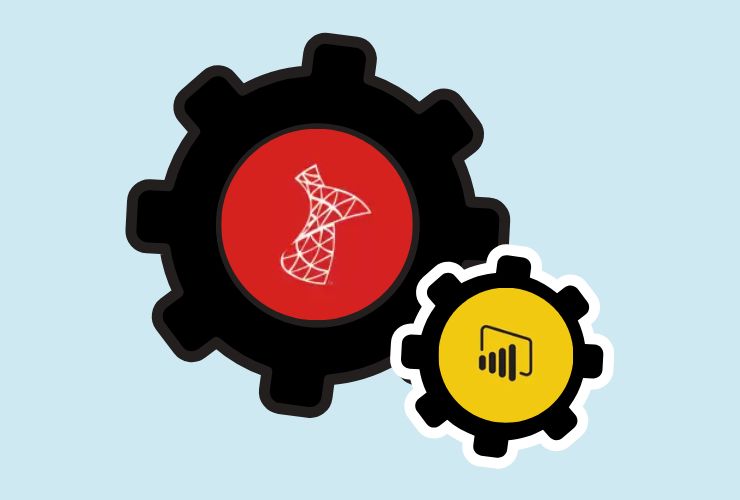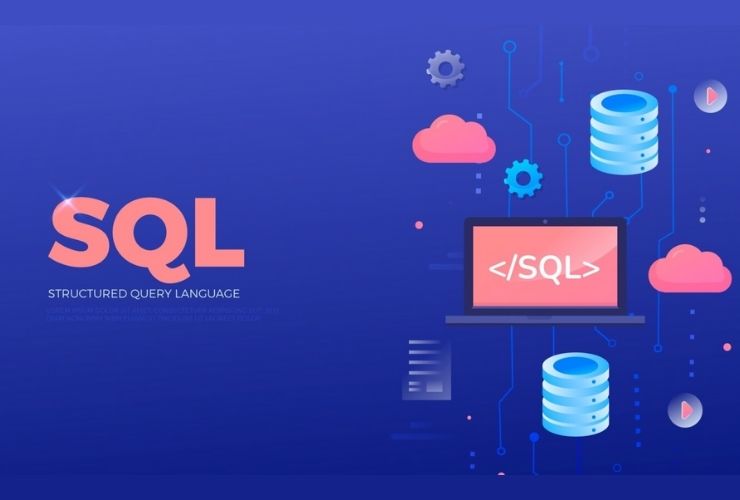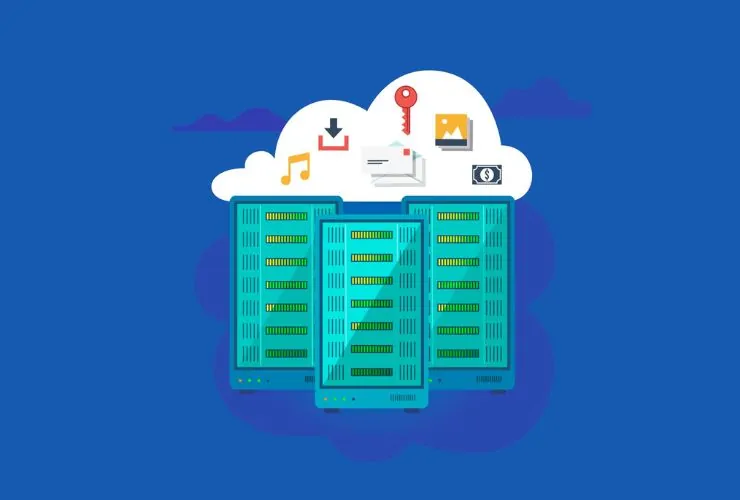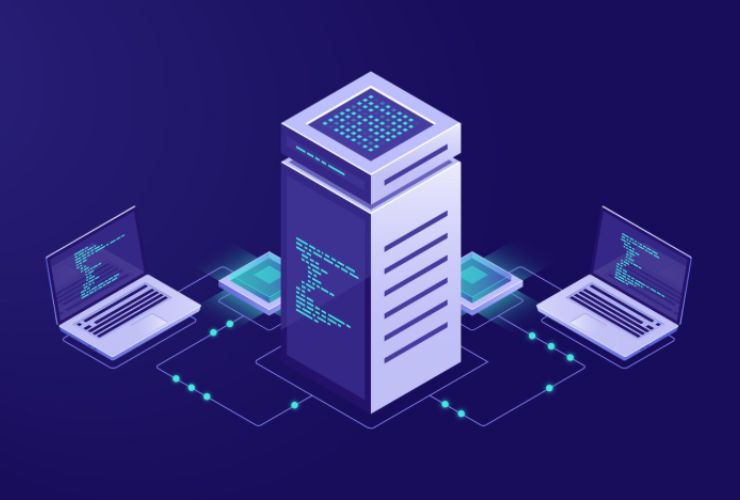As data keeps on increasing exponentially, efficiently managing and querying big datasets has become a matter of priority for database administrators as well as developers. Among the most efficient ways to tackle this issue is data partitioning in SQL. Partitioning assists in optimizing query performance by splitting a huge table into smaller, manageable pieces while still keeping logical consistency from the application’s perspective.
This article discusses what SQL partitioning is, how it operates, its various types, and tips on how to use it to improve database performance.
What is SQL Partitioning?
SQL partitioning refers to a method of dividing an extensive database table into smaller portions, referred to as partitions, according to specified rules set over a single or multiple columns. Though stored independently, SQL queries use these partitions as one table. SQL partitioning decreases the amount of data SQL engines must scan, thus making queries faster and more efficient.
Partitioning is very much needed in environments where tables hold millions or even billions of records, and performance is the bottleneck due to full table scans.
Types of SQL Partitioning
There are various types of partitioning, each appropriate for distinct data patterns and query requirements:
Range Partitioning
Data is split based on an ongoing set of values. For instance, a sales data table can be split by year or quarter, with one partition holding rows for a particular time interval.
List Partitioning
This technique splits data based on a list of constant values. A customer table could be partitioned by region or country, with each value set split into one partition.
Hash Partitioning
Here, the algorithm applies a hashing function to one or more columns to provide even distribution across partitions. This is useful when there is no natural list or range to apply but even distribution is essential for performance.
Composite Partitioning
Sub-partitioning is another name for this and it is where two or more of the above approaches are used in combination. Data, for instance, may first be range-partitioned by year and then hash-partitioned by region within each year.
Why Partitioning?
Partitioning is not merely dissecting data into little segments. It provides several performance and maintenance advantages:
Better Query Performance
By restricting the quantity of data the SQL engine should scan, partitioning makes queries execute quicker. Rather than scanning a complete table, the engine can seek out only the pertinent partition.
Quicker Indexing
Indexes are supportable and constructable at the partition level. With this, index maintenance operations such as rebuilding or reorganizing are faster and more efficient.
Simplified Maintenance and Archiving
Partitions can be managed in isolation. This enables you to delete or archive older partitions (e.g., data from last year) without impacting the rest of the table.
Scalability
As your data becomes larger, partitioning allows performance not to suffer proportionally. You can scale out by adding more partitions as necessary, without having to redesign the whole schema.
When to Look at Partitioning
Partitioning is a mighty weapon, but it’s not needed for all cases. It’s ideal when:
- You’re dealing with big data that covers tens of millions or even tens of billions of rows
- Your queries tend to involve range conditions, e.g., date-based reports
- You are seeing slow performance because of full table scans
- Your program needs to archive or delete effectively historical data
- Indexes are growing too large or too slow to keep up effectively
SQL Partitioning Best Practices
To achieve the most from partitioning, use these best practices:
Select the Right Partition Key
Select a column that is often used in WHERE clauses or joins. Date and location columns are popular selections.
Watch Performance
Before and after implementing partitioning, benchmark query performance. Ensure that partitioning is actually providing a benefit.
Avoid Over-Partitioning
Too many partitions can be counterproductive. Keep the number of partitions manageable and meaningful to your data use patterns.
Combine With Indexing
Partitioning works best when paired with proper indexing strategies. Use partition-aware indexing to further enhance performance.
Understand Database Support
Not every database supports every partitioning approach. Consult the manual for MySQL, PostgreSQL, Oracle, or SQL Server to see what’s supported and how syntax differs.
Potential Pitfalls
Partitioning can make a huge difference in performance, but it’s not without pitfalls:
- Complicated partitioning schemes can be difficult to debug and maintain due to queries.
- Incorrectly selected partition keys can cause unbalanced data distribution and resulting bottlenecks.
- Application queries might require rewriting to maximize the benefits of partitioning.
- Certain database administration operations, such as backups or migrations, can be more complex with partitioned tables.
Conclusion
SQL partitioning is an effective method to improve the performance of queries and handle massive datasets effectively. By splitting the data logically into partitions, you minimize query overhead and increase scalability. Whether it is time-series data, a large transaction log, or a multi-region dataset, partitioning provides an effective means to maintain performance in proportion to growing data.
Knowing about partitioning types, when to use it, and best practices will assist you in getting the most out of your database systems. In the current data-driven world, learning partitioning is not only a performance trick — it’s a matter of long-term scalability and maintainability.














